North Dakota Water Quality at a Glance
some natural contaminants
Is North Dakota Water Safe to Drink?
Generally Safe with Monitoring Needed – North Dakota maintains excellent compliance with 99% of public water systems meeting health standards. Primary concerns include naturally occurring arsenic in eastern regions, hard water from mineral deposits, agricultural runoff (nitrates), and emerging PFAS contamination near military bases. The state has received $18.9 million in federal funding to address PFAS and other emerging contaminants in small communities.
⚠️ Key Concerns for North Dakota Residents
- Natural Arsenic: Elevated levels in eastern groundwater; long-term exposure increases cancer risk and cardiovascular disease
- PFAS Contamination: Military bases (Grand Forks Air Force Base) and airports using firefighting foam; ongoing federal cleanup efforts
- Agricultural Impact: Nitrates from fertilizers pose risks to infants; selenium from agricultural runoff affects water taste and quality
- Hard Water Issues: High calcium/magnesium content causes plumbing scale, affects appliance efficiency, and alters soap effectiveness
Read the full report below for detailed analysis, regional variations, and water treatment recommendations for North Dakota residents.
North Dakota – Peace Garden State – Water Quality Report 2025: PFAS Testing, Infrastructure Concerns & Safety across your state
North Dakota’s water infrastructure serves approximately 789,000 residents across diverse geographical regions, from the fertile Red River Valley in the east to the oil-rich Bakken formation in the west. The state operates through a robust network of rural water cooperatives and municipal water systems, including major utilities serving cities like Fargo, Bismarck, and Grand Forks, alongside extensive rural water districts that provide essential services to agricultural communities and small towns. North Dakota’s water sources include the Red River of the North, Missouri River system, and numerous groundwater aquifers that supply both urban centers and agricultural areas.
North Dakota maintains strong water infrastructure compared to many states. According to ASCE’s 2019 North Dakota Infrastructure Report Card, the state’s drinking water infrastructure received a C grade, reflecting mediocre condition with room for improvement. The state has received over $80 million in federal infrastructure investments in fiscal year 2024 alone from the Biden-Harris Administration’s Bipartisan Infrastructure Law to address ongoing challenges, with nearly $175 million provided over three years for state revolving fund programs focusing on drinking water safety, rural system improvements, and emerging contaminant monitoring. North Dakota’s commitment to water quality improvement is demonstrated through partnerships between the Department of Environmental Quality, rural water associations, and local utilities working to ensure safe, reliable water access for all residents.
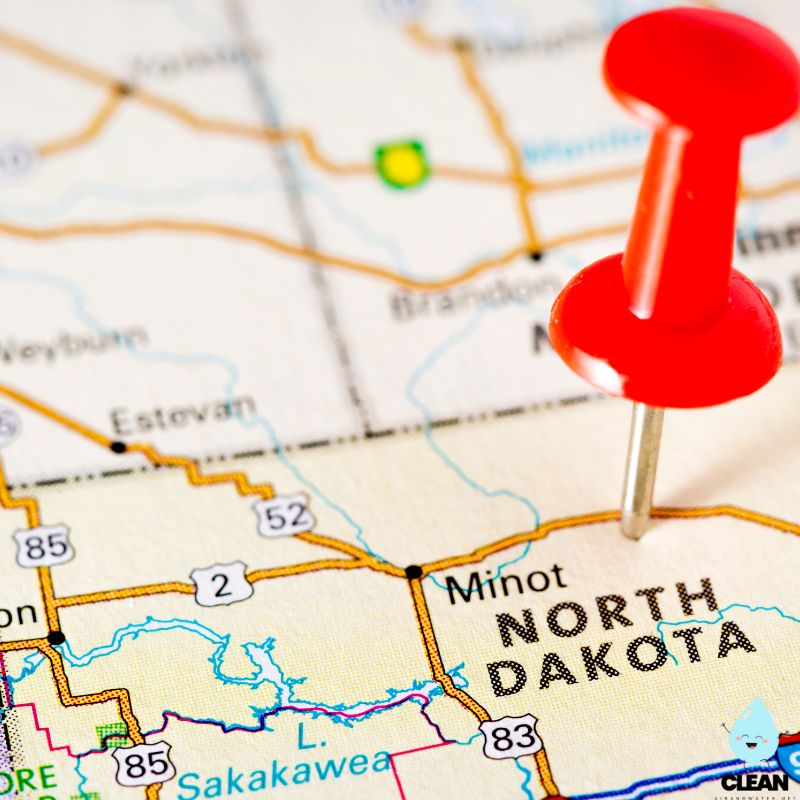
North Dakota Water Quality: Current Status (2024-2025)
Statewide Compliance and Testing
- Overall Compliance: North Dakota’s public water systems maintain excellent compliance rates, with 99 percent of public water systems meeting all health-based Safe Drinking Water Act standards, reflecting effective state oversight and utility management practices.
- PFAS Monitoring: North Dakota conducts comprehensive PFAS testing across water systems statewide, with the Department of Environmental Quality sending up to 100 samples annually to specialized laboratories for analysis of these “forever chemicals.”
- Infrastructure Investment: Over $80 million in federal funding through the Bipartisan Infrastructure Law was allocated to North Dakota in fiscal year 2024 for water infrastructure improvements, with nearly $175 million provided over three years for state revolving fund programs.
Major Water Sources and Challenges
- Red River Valley: Primary source for eastern North Dakota including Fargo and Grand Forks, with generally good water quality but ongoing monitoring for agricultural runoff and nutrient management in this intensive farming region.
- Missouri River System: Serves central and western North Dakota including the Bismarck area, providing reliable water supply with established treatment infrastructure and comprehensive quality monitoring programs.
- Rural Water Cooperatives: Extensive network of rural water districts and cooperatives serving agricultural communities, with the North Dakota Rural Water Systems Association providing vital technical support and coordination statewide.
Emerging Contaminant Response
- PFAS Regulation Preparation: New EPA drinking water standards for PFOA and PFOS (4 parts per trillion) take effect in 2029, requiring water systems to conduct testing within three years and install treatment if contamination is detected above limits.
- Military Site Monitoring: Enhanced monitoring and assessment at locations with potential PFAS contamination from firefighting foam use, including Grand Forks Air Force Base and other military installations throughout the state.
- New State Laboratory: North Dakota is constructing a new State Lab on the Capitol grounds in Bismarck that will provide in-state PFAS testing capabilities, reducing reliance on out-of-state laboratories and improving response times.
Rural and Agricultural Communities
- Rural Water Infrastructure: Strong network of rural water cooperatives provides reliable service to agricultural communities, with ongoing support from the North Dakota Rural Water Systems Association for technical assistance and capacity building.
- Agricultural Impact Management: Coordinated efforts to manage potential water quality impacts from intensive agriculture while supporting the state’s vital farming and ranching economy through source water protection programs.
- Energy Sector Coordination: Enhanced monitoring and protection measures for water resources in oil-producing regions of western North Dakota, ensuring energy development doesn’t compromise water quality.
Looking Forward: 2025-2030
North Dakota’s water quality outlook remains positive, with strong compliance rates and proactive management positioning the state well for future challenges. The completion of major infrastructure projects like the Western Area Water Supply Project and continued federal investment through the Infrastructure Investment and Jobs Act provide resources for system improvements and emerging contaminant treatment. The state’s collaborative approach between the Department of Environmental Quality, rural water associations, and local utilities ensures coordinated responses to water quality challenges while supporting continued economic growth in agriculture and energy sectors.
Recommendations for North Dakota Residents
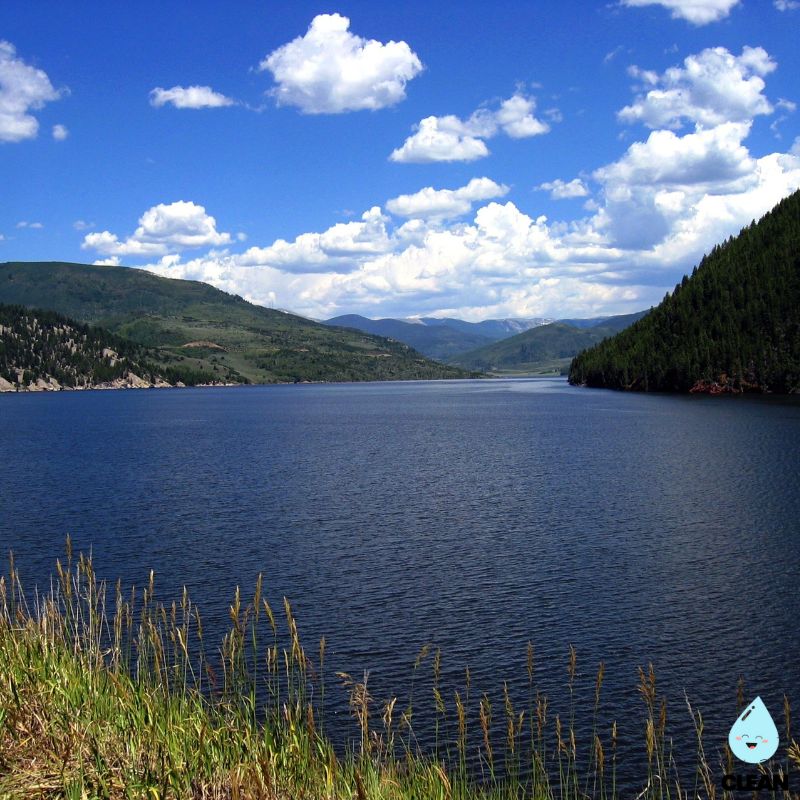
Know Your Water Source
Contact your water utility to request annual water quality reports and understand your local water source. Rural residents should be aware of whether they’re served by a rural water cooperative, municipal system, or private well.
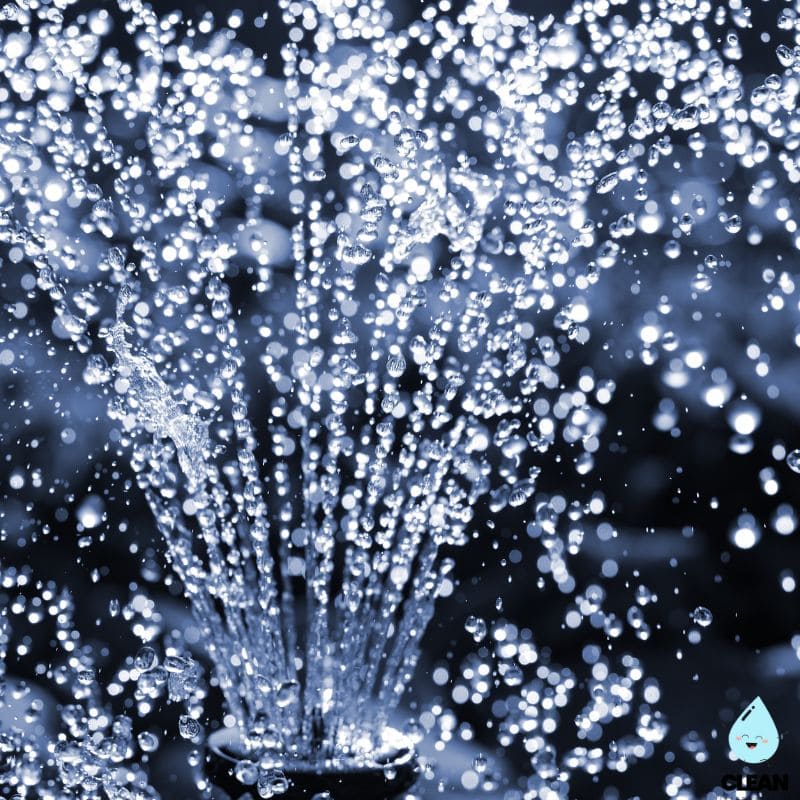
Support Rural Water Systems
Participate in rural water cooperative meetings and support rate structures that enable system improvements. North Dakota’s rural water associations provide vital services to agricultural communities and need community engagement.
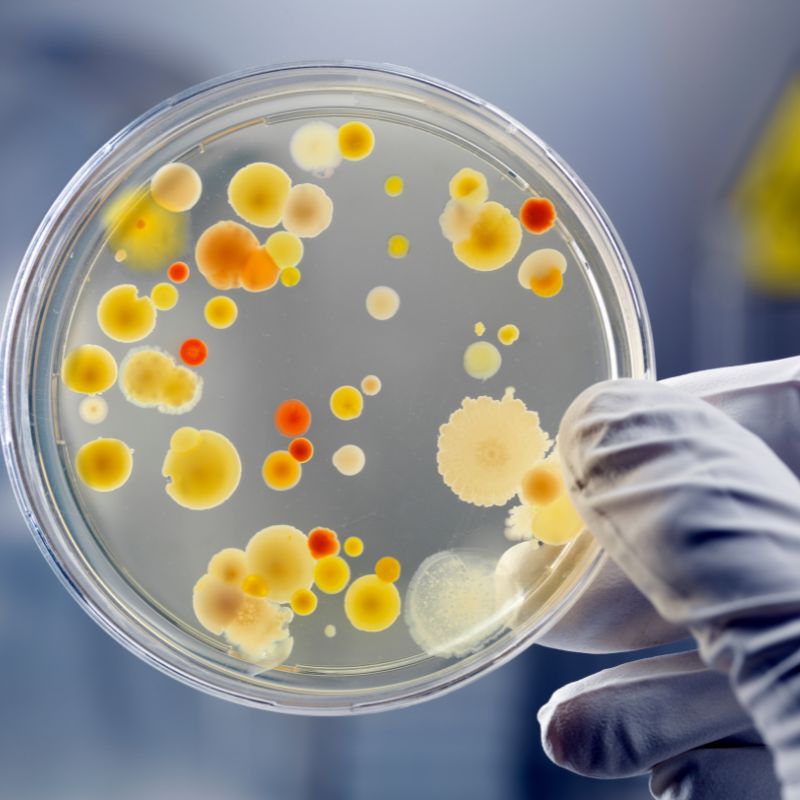
Monitor Well Water Quality
Private well owners should conduct annual water testing for bacteria, nitrates, and other contaminants common in agricultural areas. Contact the North Dakota Department of Health for testing guidance and certified laboratories.

Report Water Quality Concerns
Contact your local water utility immediately for taste, odor, or color concerns. Report suspected contamination to the North Dakota Department of Environmental Quality at (701) 328-5150 for investigation and follow-up.

Practice Agricultural Stewardship
Agricultural producers should implement best management practices for nutrient application and livestock operations to protect groundwater and surface water quality. Support source water protection programs in your watershed.
North Dakota Cities We Cover
Fargo Water Quality
Comprehensive analysis of Fargo’s water system, which draws from the Red River of the North and serves the state’s largest metropolitan area. Includes information on treatment processes, quality monitoring, and infrastructure serving over 125,000 residents.
Bismarck Water Quality
Detailed assessment of Bismarck’s water utility system, covering water quality testing, source protection from the Missouri River, and compliance with emerging contaminant regulations in North Dakota’s capital city.
Frequently Asked Questions
Is North Dakota’s tap water safe to drink?
Yes, North Dakota’s public water systems consistently meet federal drinking water standards and maintain excellent compliance rates, with 99% of systems meeting all health-based safety regulations.
The North Dakota Department of Environmental Quality oversees comprehensive testing across all public water systems, with most utilities exceeding minimum safety requirements. The state has received favorable marks for water infrastructure compared to national averages, and most communities have access to reliable, safe drinking water. Residents should review their utility’s annual water quality report and stay informed about local conditions, but can generally have confidence in their public water supply.
What about PFAS contamination in North Dakota?
North Dakota conducts comprehensive PFAS monitoring across water systems, with the Department of Environmental Quality sending up to 100 samples annually to specialized laboratories for testing.
The state is preparing for new EPA drinking water standards that take effect in 2029, requiring water systems to test for PFAS within three years and install treatment if contamination exceeds 4 parts per trillion. Some contamination has been identified at military installations and airports where firefighting foam was used, but these locations are being monitored and addressed. The new State Lab under construction in Bismarck will provide in-state PFAS testing capabilities starting around 2030.
How can I find information about my local water quality?
North Dakota residents can access water quality information through several reliable sources:
• Annual Water Quality Reports: Contact your water utility directly for their Consumer Confidence Report, which details all testing results and system performance
• ND Department of Environmental Quality: Visit deq.nd.gov for water quality standards, testing data, and regulatory information for your local system
• Rural Water Associations: Contact the North Dakota Rural Water Systems Association (ndrw.org) for information about cooperative water systems serving agricultural communities
• Private Well Testing: The North Dakota Department of Health provides guidance and certified laboratory listings for private well owners
What are the main water quality challenges in North Dakota?
North Dakota faces several water quality considerations related to its geography and economy:
Agricultural Impacts: Intensive farming can contribute nutrients and chemicals to groundwater and surface water, requiring ongoing monitoring and best management practices
Rural System Capacity: Small rural water systems may face technical and financial challenges in implementing complex treatment technologies or meeting new regulations
Natural Water Quality: Some areas have naturally occurring minerals or salts that require treatment for taste and safety
Energy Development: Oil and gas activity in western North Dakota requires careful monitoring to protect groundwater resources
The state addresses these challenges through proactive regulation, infrastructure investment, and strong partnerships between agencies and water utilities.
Quality News About Your Water
Get the comprehensive water quality news coverage you need with our dedicated US Water News Service. From coast to coast, we deliver in-depth reporting and expert analysis on PFAS contamination, EPA regulatory changes, infrastructure developments, and emerging water safety issues affecting communities nationwide. While mainstream media only covers the biggest stories, we provide the detailed, ongoing coverage that helps you understand the full scope of America’s water challenges. Whether you’re a concerned citizen, water professional, or community leader, our daily updates and analytical insights keep you informed about the issues that matter most to public health and environmental safety.
Contaminants of Concern

PFAS “Forever Chemicals”
Source: Firefighting foam use at military installations, airports, and industrial facilities, with documented contamination at Grand Forks Air Force Base and other military sites throughout the state
Health Effects: Linked to kidney and testicular cancer, liver damage, immune system suppression, high cholesterol, and developmental effects in children
Current Status: North Dakota conducts comprehensive PFAS monitoring, sending up to 100 samples annually to specialized laboratories for analysis. New EPA standards requiring 4 parts per trillion limits take effect in 2029 EPA Limits: 4 ppt for PFOA and PFOS individually, with hazard index for other PFAS compounds
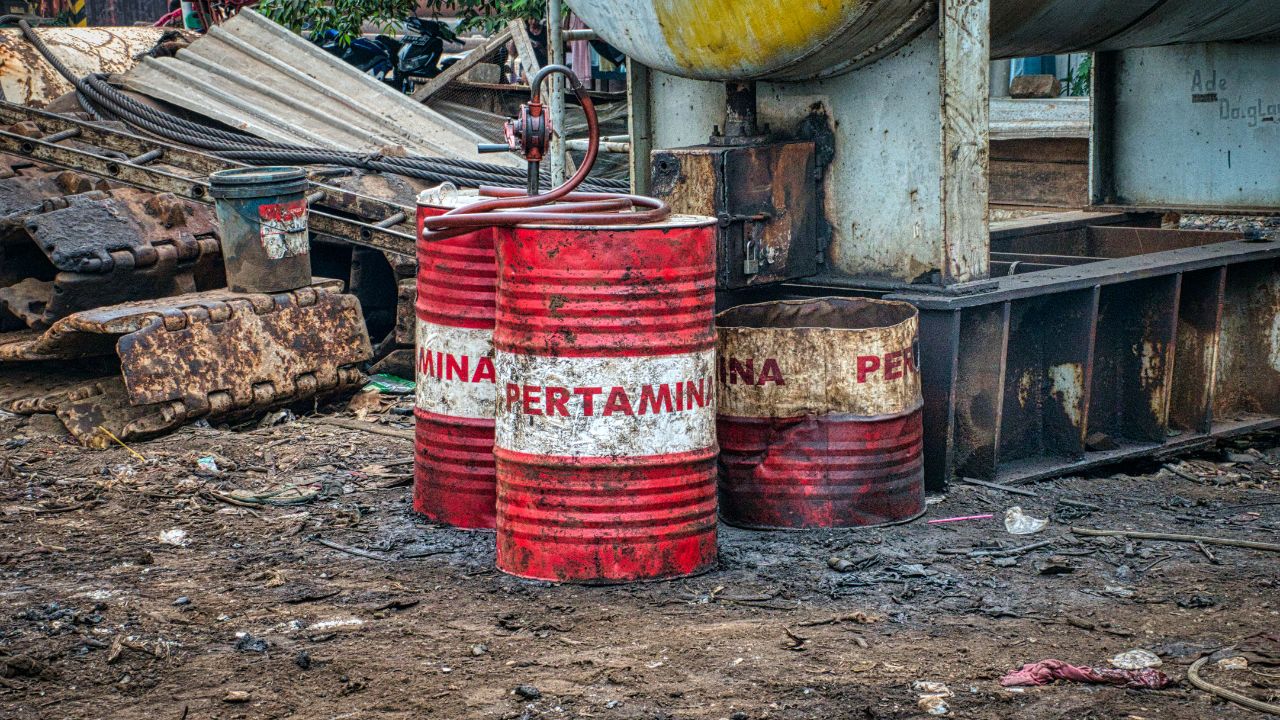
Agricultural Contaminants
Source: Intensive agricultural practices including fertilizer and pesticide application, livestock operations, and crop production across North Dakota’s extensive farmland
Health Effects: Nitrates can cause methemoglobinemia (blue baby syndrome) in infants, while pesticide residues may have various health impacts depending on the specific chemical compounds present
Current Status: Regular monitoring of nitrates, pesticides, and other agricultural chemicals in both groundwater and surface water sources, with source water protection programs to minimize contamination Regulatory Response: Best management practices for nutrient application and livestock operations to protect water quality
Please read – our information
The information presented on cleanairandwater.net is compiled from official water quality reports, trusted news sources, government websites, and public health resources. While we strive for accuracy and thoroughness in our presentations, we are not scientists, engineers, or qualified water quality professionals.
Our mission is to present water quality information in an accessible, real-world format that helps people understand what’s in their water and make informed decisions about their health and safety. We believe that complex environmental information should be available to everyone in a format that’s easy to understand.
We make every effort to ensure our content is current and accurate, but we cannot guarantee that all information is complete or error-free. This website should not replace official communications from your local water utility or health department. We always recommend consulting official sources for the most up-to-date information regarding your specific water system.
Clean Air and Water is not liable for any unintentional errors, omissions, or outdated information. The content on this site is provided for informational purposes only and should not be considered professional advice.


